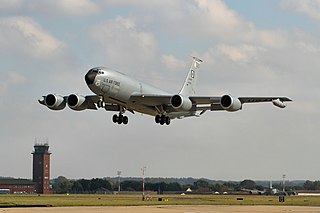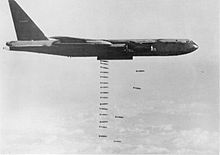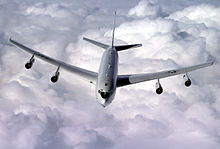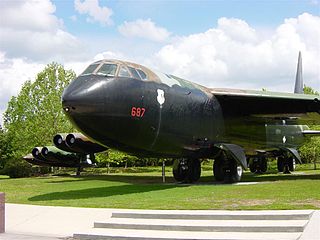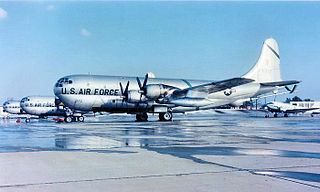This article includes a list of references, but its sources remain unclear because it has insufficient inline citations .(January 2013) (Learn how and when to remove this template message) |
| 93d Air Ground Operations Wing | |
|---|---|
93 AGOW | |
| Active | 1947-1948; 1948-1995; 1996-2002; 2008-present |
| Country | |
| Branch | |
| Part of | Air Combat Command |
| Garrison/HQ | Moody Air Force Base, Georgia |
| Motto(s) | Defend, Attack, Defeat! |
| Decorations | Distinguished Unit Citation Air Force Outstanding Unit Meritorious Unit Citation |
| Battle honours | World War II: Antisubmarine American Theater Egypt-Libya Tunisia Sicily Naples-Foggia Air Offensive Europe Normandy Northern France Rhineland Ardennes-Alsace Central Europe Air Combat EAME Theater |
| Commanders | |
| Current commander | Col Jeffery D. Valenzia |
| Notable commanders | Brig Gen Michael A. Longoria |
| Insignia | |
| 93d Air Ground Operations Wing emblem (approved 4 September 1953) [1] |  |
The 93d Air Ground Operations Wing (93d AGOW) is a United States Air Force unit assigned to Air Combat Command, Ninth Air Force. It is stationed as a tenant unit at Moody Air Force Base, Georgia.

The United States Air Force (USAF) is the aerial and space warfare service branch of the United States Armed Forces. It is one of the five branches of the United States Armed Forces, and one of the seven American uniformed services. Initially formed as a part of the United States Army on 1 August 1907, the USAF was established as a separate branch of the U.S. Armed Forces on 18 September 1947 with the passing of the National Security Act of 1947. It is the youngest branch of the U.S. Armed Forces, and the fourth in order of precedence. The USAF is the largest and most technologically advanced air force in the world. The Air Force articulates its core missions as air and space superiority, global integrated intelligence, surveillance, and reconnaissance, rapid global mobility, global strike, and command and control.
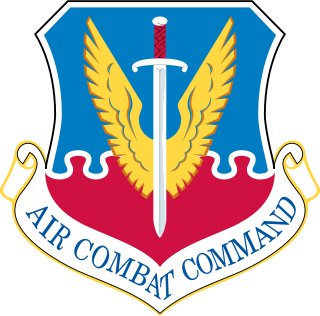
Air Combat Command (ACC) is one of ten Major Commands (MAJCOMs) in the United States Air Force, reporting to Headquarters, United States Air Force (HAF) at the Pentagon. It is the primary provider of air combat forces for the Air Force, and it is the direct successor to Tactical Air Command. Air Combat Command is headquartered at Langley Air Force Base, Joint Base Langley–Eustis, Virginia, United States.

The Ninth Air Force is a numbered air force of the United States Air Force's Air Combat Command (ACC). It has been headquartered at Shaw Air Force Base, South Carolina, since activation on 5 August 2009. From 1990, units were deployed to the Middle East against Iraq, and from 2001 against threats emanating from Afghanistan. This prior Ninth Air Force is now known as United States Air Forces Central (USAFCENT).
Contents
- Overview
- History
- Strategic Air Command
- Modern era
- 93d Air Ground Operations Wing
- Lineage
- Assignments
- Components
- Bases
- Aircraft
- See also
- References
- Notes
- Bibliography
- External links
The 93d AGOW provides highly trained ground combat forces capable of integrating air and space power into the ground scheme of fire and maneuver. The wing also conducts offensive and defensive ground combat operations worldwide to protect expeditionary aerospace forces anywhere, anytime. The 93d AGOW provides the joint force commander airborne, air-mobile, air-land and over-land insertion capability, and remains the joint expert on integration of air power and combat weather support to ground forces.
Its 93d Operations Group is a successor organization to the World War II 93d Bombardment Group. It was the first VIII Bomber Command B-24 Liberator heavy bombardment group to carry out strategic bombardment operations against targets in Occupied Europe and Nazi Germany from RAF Alconbury, England on 9 October 1942. Active for over 60 years, the 93d Bombardment Wing was a component organization of Strategic Air Command's deterrent force during the Cold War, as a strategic bombardment wing.

The 93d Operations Group is an inactive United States Air Force unit. Its last assignment was with the 93d Air Control Wing, stationed at Robins Air Force Base, Georgia. The unit was inactivated on 1 October 2002.

Nazi Germany is the common English name for Germany between 1933 and 1945, when Adolf Hitler and his Nazi Party (NSDAP) controlled the country through a dictatorship. Under Hitler's rule, Germany was transformed into a totalitarian state that controlled nearly all aspects of life via the Gleichschaltung legal process. The official name of the state was Deutsches Reich until 1943 and Großdeutsches Reich from 1943 to 1945. Nazi Germany is also known as the Third Reich, meaning "Third Realm" or "Third Empire", the first two being the Holy Roman Empire (800–1806) and the German Empire (1871–1918). The Nazi regime ended after the Allies defeated Germany in May 1945, ending World War II in Europe.

Royal Air Force Alconbury or more simply RAF Alconbury is an active Royal Air Force station in Huntingdon, England. The airfield is in the civil parish of The Stukeleys, close to the villages of Great Stukeley, Little Stukeley, and Alconbury.



